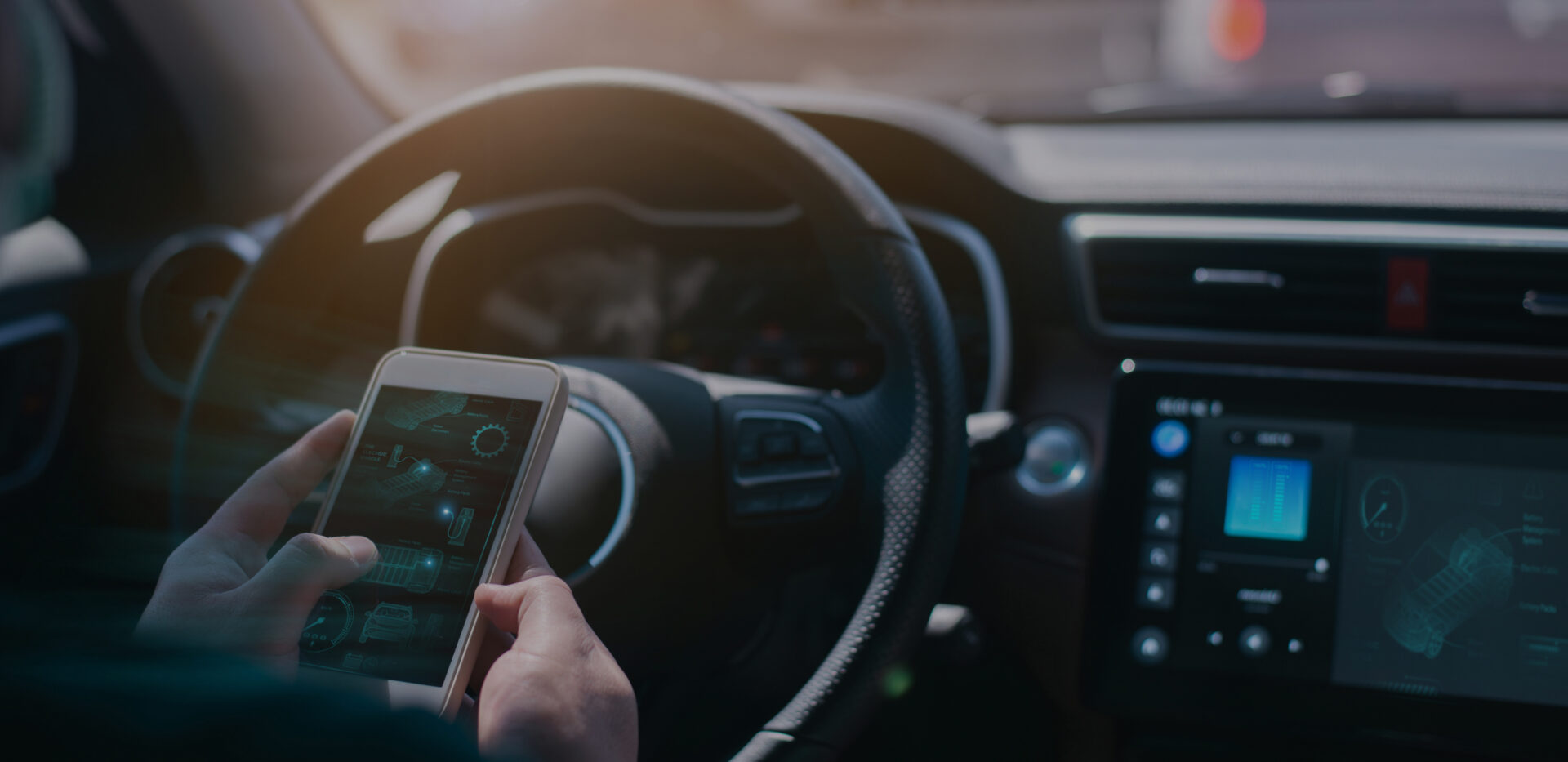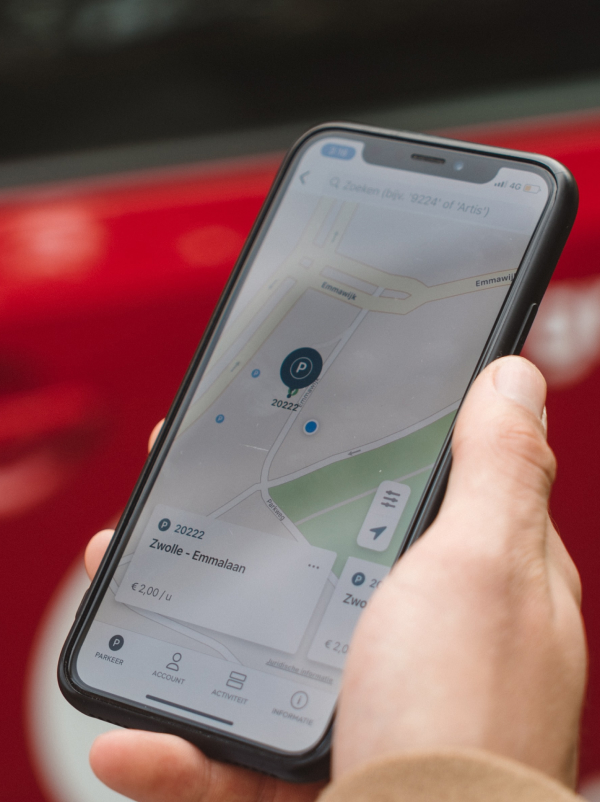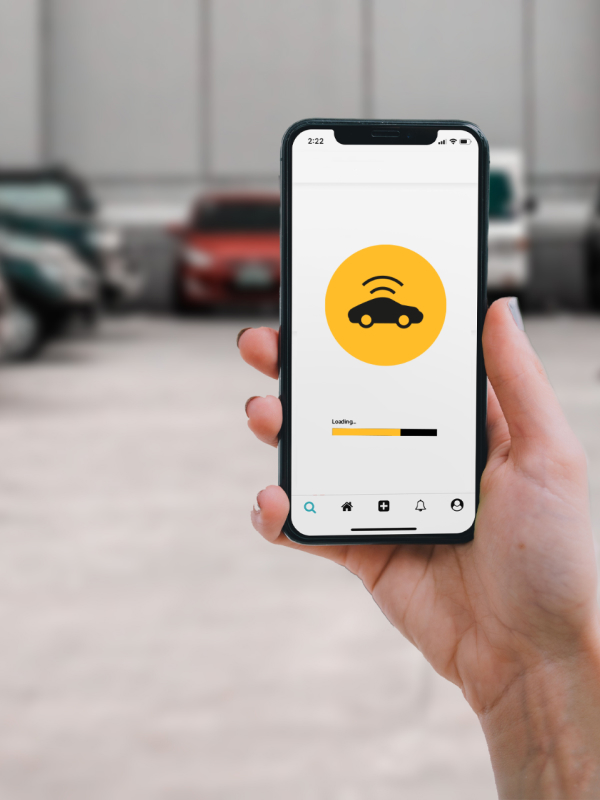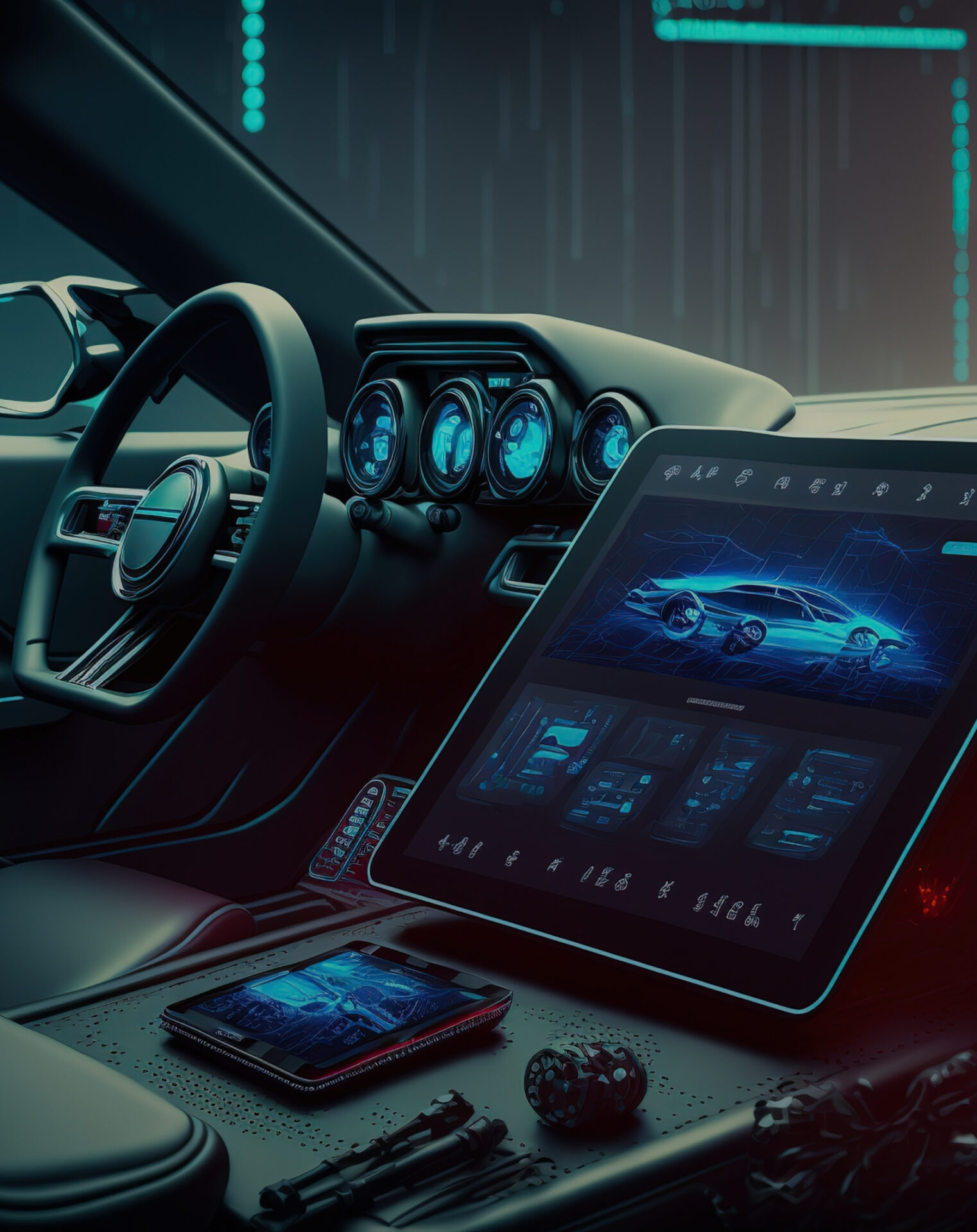
Connected Car
Creating software and architectures that allow for seamless connectivity by leveraging connected car concepts.
Digital Services
Delivering digital services through OEM and mobility provider solutions to enhance customer lifetime value.
Shared Mobility
Enabling new revenue streams through developing Mobility as a Service and Sharing Economy software products.
AI & Advanced Analytics
Building cloud infrastructures for cost-efficient, resilient, safe, high-quality, and scalable automotive software development.
Embedded Software Solutions
Delivering comprehensive embedded software solutions tailored for the automotive sector, enhancing vehicle functionality and UX.
Generative AI
Leveraging generative AI to transform business operations and elevate the customer experience, fostering growth and operational excellence.
We work with










Seamless Integration of Modern Payment Solutions Tailored to the Client’s Needs
Automotive

Transforming Car Rental Management with Real-Time Telematics Data
Automotive

Increasing Operational Availability with a Cutting-edge Offer Management System
Automotive

Prototyping the Future Automotive Cloud
Automotive

Connected Car Initiative: Revolutionizing Telematics through Consulting, Development, and Agile Transformation
Automotive

Designing AI and ML Deployment Platform to Accelerate the Implementation of AI-powered Software
Automotive

Building a Touchless Platform to Improve Customer Experience And Unlock New Revenue Streams
Automotive
Our strategic partnerships and certifications in the automotive sector




Schedule a consultation with automotive software experts
What do you need to know about SDV and automotive software development
What is a software-defined vehicle?

A software-defined vehicle is any vehicle that manages its operations, adds functionalities, and enables new features primarily or entirely through software. These vehicles have a very sophisticated architecture, where the domains or central computes are running on high-power computers, which are capable of processing large amounts of data or robust AI-base and machine learning algorithms. They also have the computing power and memory overhead to receive new functionalities and updates during the lifecycle of the vehicle. All the vehicle functions are connected to each other and to the cloud. The system understands what is happening in the cabin and its surroundings, but also in the environment and the cloud, and it can react to the events. Moreover, the systems can be updated remotely by OEMs.
What technologies does an SDV use?

Software-defined vehicles use cloud platforms, IoT, edge computing, Big Data, AI, Machine learning, data streaming platforms, and many technologies enabling automotive companies to deliver high-quality software. Every software-defined car needs connected car architecture, vehicle-to-cloud API, Vehicle Shadow, remote services, operating systems, payment integration systems, e-commerce, and telematics platforms.
What does an automotive software company do?

Automotive enterprises transforming towards software-first organizations often collaborate with companies specializing in technology consulting and building software. These companies often translate the best practices in developing software for other industries into the automotive market. An automotive software development company can support OEMs and mobility providers at every level, starting with SDV architecture consulting, through building connected car solutions, to delivering aftersales services.
What automotive software development services can I get?

Companies providing software development services for the automotive industry ensure various services. These companies often work on connectivity solutions, OTA upgrade features, implementing the Digital Twin concept, and building all digital services needed to enable e-commerce services for OEMs.
What does the automotive software development process look like?

An efficient process of software development needs to be designed to meet business goals and correspond with company culture. However, every company aiming to deliver high-quality software should focus on a few phases: defining goals, planning, research, building a team, testing, evaluating, and productionizing.
